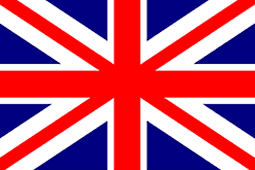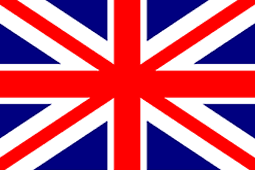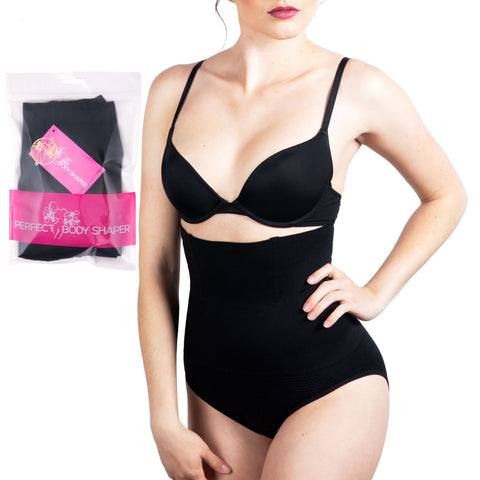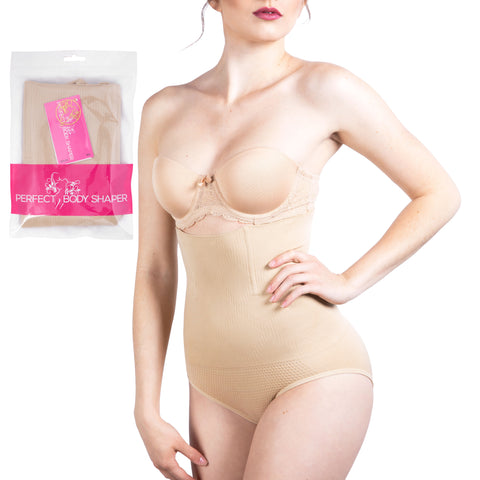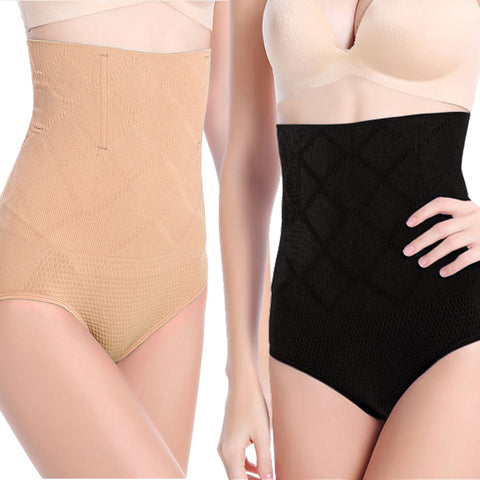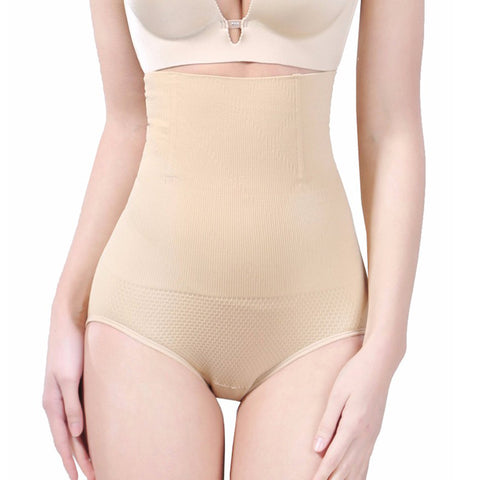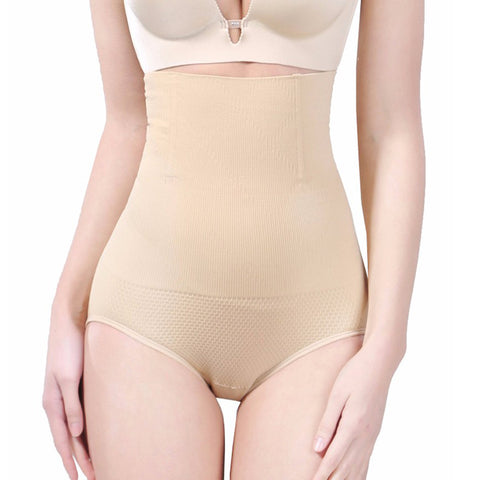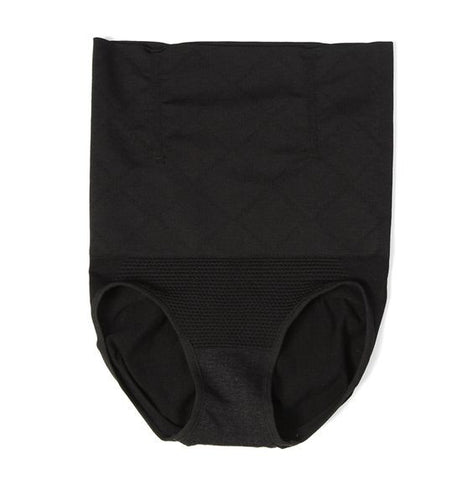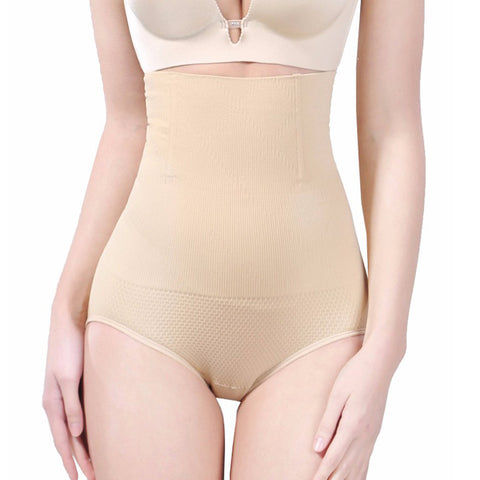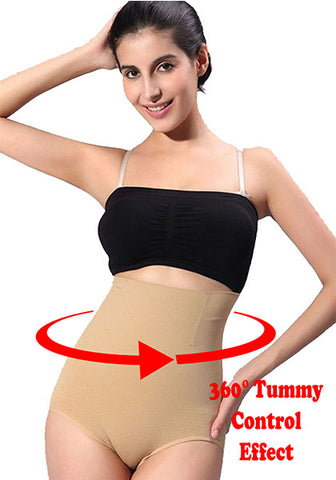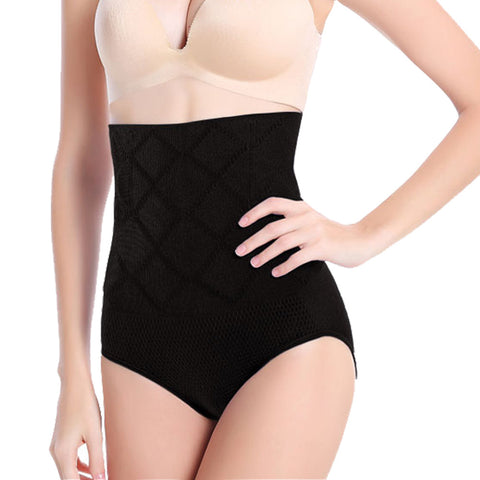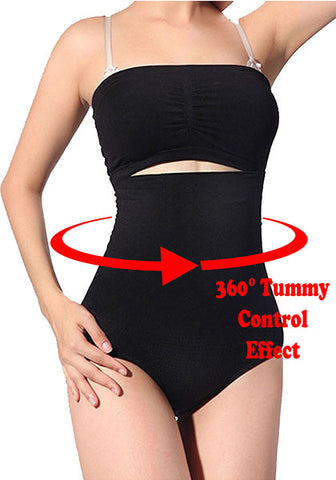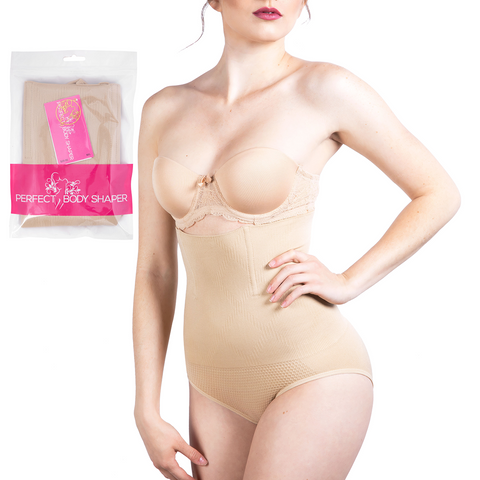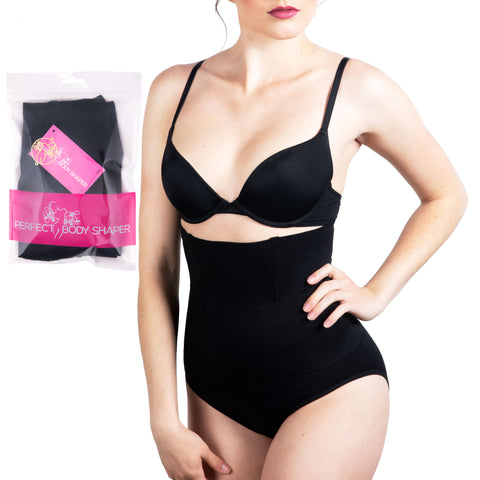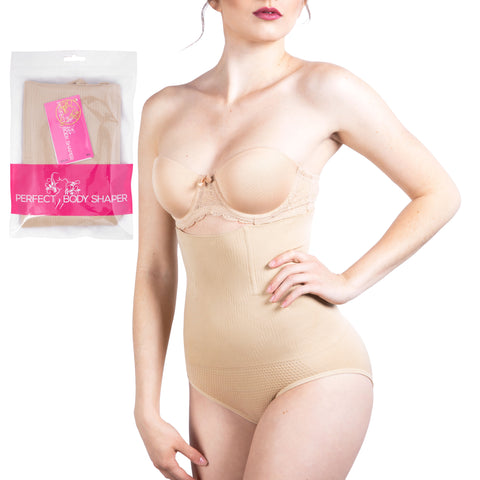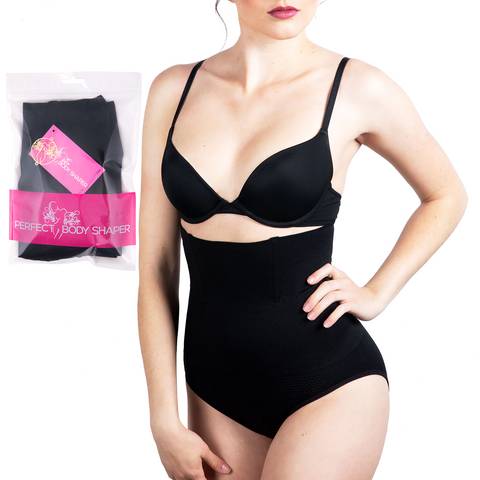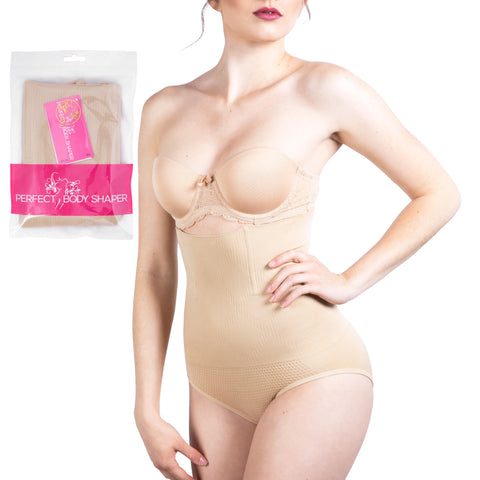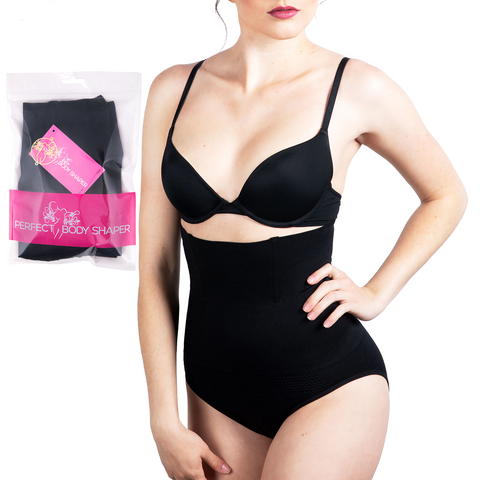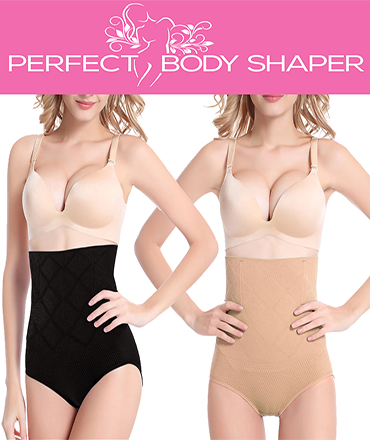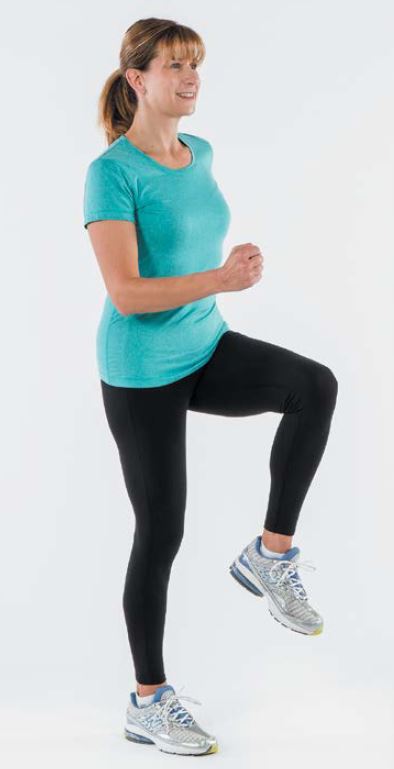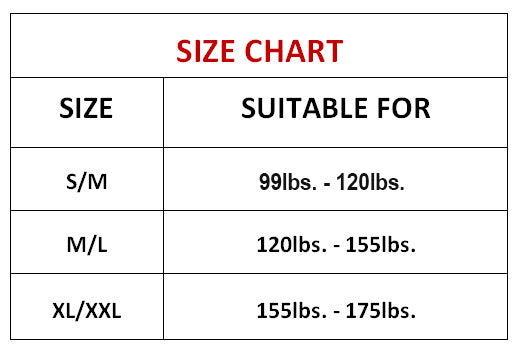The 4 most important types of exercise
Strengthening, stretching, balance, and aerobic exercises will keep you active, mobile, and feeling great.
Exercise is key to good health. But we tend to limit ourselves to one or two types of activity. "People do what they enjoy, or what feels the most effective, so some aspects of exercise and fitness are ignored," says Rachel Wilson, a physical therapist at Harvard-affiliated Brigham and Women's Hospital. In reality, we should all be doing aerobics, stretching, strengthening, and balance exercises. Here, we list what you need to know about each exercise type and offer examples to try, with a doctor's okay.
1. Aerobic exercise
Aerobic exercise, which speeds up your heart rate and breathing, is important for many body functions. It gives your heart and lungs a workout and increases endurance. "If you're too winded to walk up a flight of stairs, that's a good indicator that you need more aerobic exercise to help condition your heart and lungs, and get enough blood to your muscles to help them work efficiently," says Wilson.
Aerobic exercise also helps relax blood vessel walls, lower blood pressure, burn body fat, lower blood sugar levels, reduce inflammation, boost mood, and raise "good" HDL cholesterol. Combined with weight loss, it can lower "bad" LDL cholesterol levels, too. Over the long term, aerobic exercise reduces your risk of heart disease, stroke, type 2 diabetes, breast and colon cancer, depression, and falls.
Aim for 150 minutes per week of moderate-intensity activity. Try brisk walking, swimming, jogging, cycling, dancing, or classes like step aerobics.
Marching in place
|
Starting position: Stand tall with your feet together and arms at your sides.
Tips and techniques:
Make it easier: March slower and don't lift your knees as high. |
|
2. Strength training
As we age, we lose muscle mass. Strength training builds it back. "Regular strength training will help you feel more confident and capable of daily tasks like carrying groceries, gardening, and lifting heavier objects around the house. Strength training will also help you stand up from a chair, get up off the floor, and go up stairs," says Wilson.
Strengthening your muscles not only makes you stronger, but also stimulates bone growth, lowers blood sugar, assists with weight control, improves balance and posture, and reduces stress and pain in the lower back and joints.
A physical therapist can design a strength training program that you can do two to three times a week at a gym, at home, or at work. It will likely include body weight exercises like squats, push-ups, and lunges, and exercises involving resistance from a weight, a band, or a weight machine.
"Remember, it's important to feel some muscle fatigue at the end of the exercise to make sure you are working or training the muscle group effectively," Wilson says.
Squat |
|
 |
Starting position: Stand with your feet shoulder-width apart, arms at your sides. Tips and techniques:
Make it easier: Sit on the edge of a chair with your feet hip-width apart and arms crossed over your chest. Tighten your abdominal muscles and stand up. Slowly sit down with control.
Read more: https://www.health.harvard.edu/exercise-and-fitness/the-4-most-important-types-of-exercise |
|
|
|

